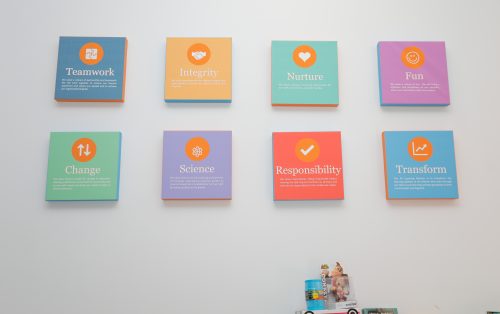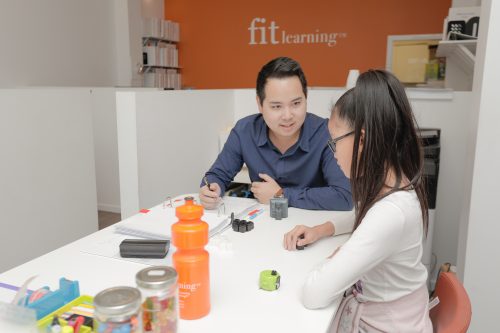What is a Fit Learner? – How the Fit Learning Instructional Method Creates Cognitive Fitness.
Students who attend Fit Learning make transformational progress throughout their tuition at Fit Learning. However, the Fit Learning Instructional Method also allows students to go back to school with a repertoire of new skills, and ‘Cognitive Fitness’ that we describe as “being a Fit Learner”.
The best way to describe a Fit Learner would be a student who is resistant to distractions, having skills that they can apply over a variety of situations, and continue to apply these skills effortlessly, even after long periods without practise. Fit Learners can also apply these skills over extended periods of work such as exam situations or tests.
Fit Learning’s programming consists of concept instruction, and fluency building, that is backed by a set of empirically validated aims that creates a student who much like an athlete possessing cardiovascular fitness, possesses ‘Cognitive Fitness’.
Fit Learning isolates component skills, and trains them to fluency. Achieving fluency in a skill is greatly beneficial for students, as ‘REAPS’, or retention, endurance, application, and performance stability, is a by-product of fluency, as I’ll explain below.
Retention:
After long periods without driving a car, we are able to get back into the car and drive with little thought or any struggle. This is because, through repeated practise, we have become fluent at driving. Skills we are fluent in we can still perform, even after long durations of not practising the skill.
Endurance and performance stability:
Similarly, to this, we can also drive in the presence of a loud radio, screaming kids, or whilst listening to our favourite podcast. At Fit Learning, we call this ‘endurance’ and teach students skills that they can apply in a variety of settings, such as a loud classroom, and during extended periods of work such as exam situations or tests.
Application:
Skills that we are fluent in, we can apply to different settings. We can also combine fluent skills when learning or performing more complex composite tasks. For example, to be able to perform long division fluently, a student needs to combine the skills of dividing, multiplying and subtracting to perform the skill.
One of the major barriers with mainstream education is the fact that schools move on from content without children mastering the content. Therefore, upon revisiting the concept, or learning similar, but more complex content, children who have not achieved fluency of the concept will be unable to apply the skills learned, as they have not been retained over time. A lack of fluency in tool skills will also mean that students will not be able to perform the skills in the presence of distractions, over extended periods of work, or while performing more complex skills.
How is Fit Learning’s method different to school?
One of the major differences between Fit Learning and mainstream education is the fact that schools do not teach skills to fluency. Although a lot of content is covered in school, a lack of repeated practise means that students are less likely to retain skills over time. This can be problematic as when students are learning new, more complex skills, a lack of fluency in the basic component of these skills can lead to large skill deficits in critical learning areas.
How can I find out more?
Call Fit Learning on 6110 3948 to discuss your child’s learning needs. Alternatively, email fit@fitlearning.com.au to book your child in for a comprehensive skills assessment.
Binder C. (1996). Behavioral fluency: Evolution of a new paradigm. The Behavior analyst, 19(2), 163–197. doi:10.1007/bf03393163


